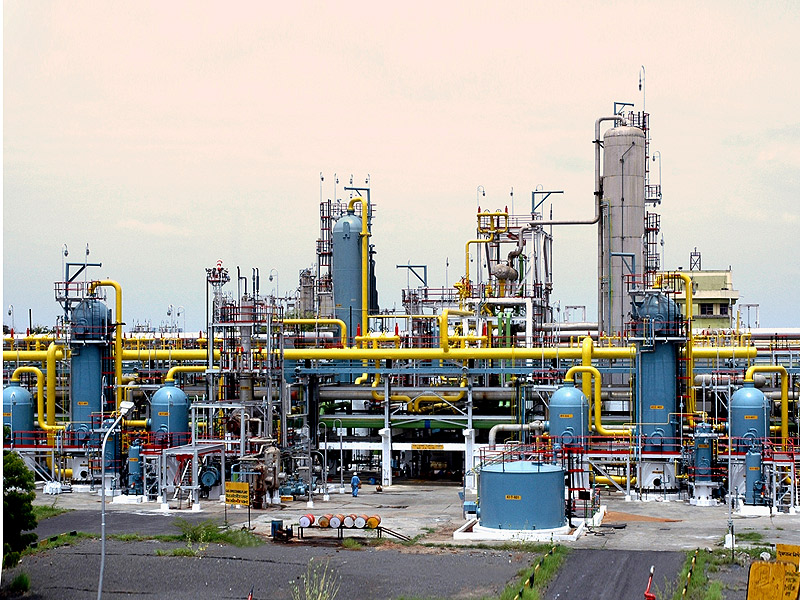The oil and gas (O&G) sector in the Asia-Pacific (APAC) region is likely to find fundraising trickier, particularly to support fresh capacity, according to a new report by the Institute for Energy Economics and Financial Analysis (IEEFA).
More financial institutions are joining a worldwide alliance that is committed to less funding of fossil fuel operations, which includes making no new direct investments in upstream production.
“Lenders, bond investors, and other finance facilitators need to change their policies significantly to fulfill net-zero commitments, at the same time aligning with the national net-zero targets of their home countries,” says Christina Ng, report co-author and IEEFA’s Research and Stakeholder Engagement Leader, Debt Markets.
“Capital support to the O&G sector in the coming years, particularly on expansion plans, could thus become more elusive.”
The Glasgow Financial Alliance for Net Zero (GFANZ), formed during the United Nations Climate Change Conference in 2021, is attracting an increasing number of climate and environmental-oriented members.
To date, it represents more than 550 organizations from sectors including banking, insurance, asset ownership and asset management. Many are O&G capital and financial services providers that recognize the need to limit fossil fuel financing by 2050 and to meet intermediate targets for 2030 or sooner.
As GFANZ membership grows further and net-zero targets are strengthened in the near future, capital raising for new O&G production capacity could become harder, says Ng and her co-authors, Gaurav Ahuja and Cameron Fairlie of global consultancy firm Arup.
The Asia-Pacific (APAC) region supplies 10%-15% of global oil and gas (O&G) needs. A the same time, it is the largest and second-largest consumer of oil and gas, respectively, creating opportunities for alternative energy sources. However, most O&G firms in APAC lack detailed plans to decarbonize and adopt a wait-and-see approach to new energy.
“Despite net-zero commitments, the top 20 regional O&G producers generate an average of 96% of their revenue directly from O&G production and related activities, and many still adopt a wait-and-see approach to new energy investments, lagging global peers,” says Ng.
IEEFA analysis reveals O&G companies in APAC are, on average, more reliant on equity than debt financing as a critical source of capital, with the aggregate debt-to-total capital ratio of 259 companies at roughly 32%.
Many of the region’s largest O&G producers are state-owned, with O&G contributing significantly to national gross domestic product outcomes. Government-owned or controlled companies generate around 77% of O&G production across APAC.
“Their business models rely on O&G for revenue generation more so than their industrial peers, and this is likely one of the drivers of slower transition investment in APAC compared to other markets,” says Ng.
Even so, the low gearing among O&G companies in APAC suggests that shareholder requirements, rather than lenders’ policies, may drive changes in their attitudes to environmental, social and governance matters more effectively, states IEEFA report.
This content is protected by copyright and may not be reused. If you want to cooperate with us and would like to reuse some of our content, please contact: editors@pv-magazine.com.









By submitting this form you agree to pv magazine using your data for the purposes of publishing your comment.
Your personal data will only be disclosed or otherwise transmitted to third parties for the purposes of spam filtering or if this is necessary for technical maintenance of the website. Any other transfer to third parties will not take place unless this is justified on the basis of applicable data protection regulations or if pv magazine is legally obliged to do so.
You may revoke this consent at any time with effect for the future, in which case your personal data will be deleted immediately. Otherwise, your data will be deleted if pv magazine has processed your request or the purpose of data storage is fulfilled.
Further information on data privacy can be found in our Data Protection Policy.